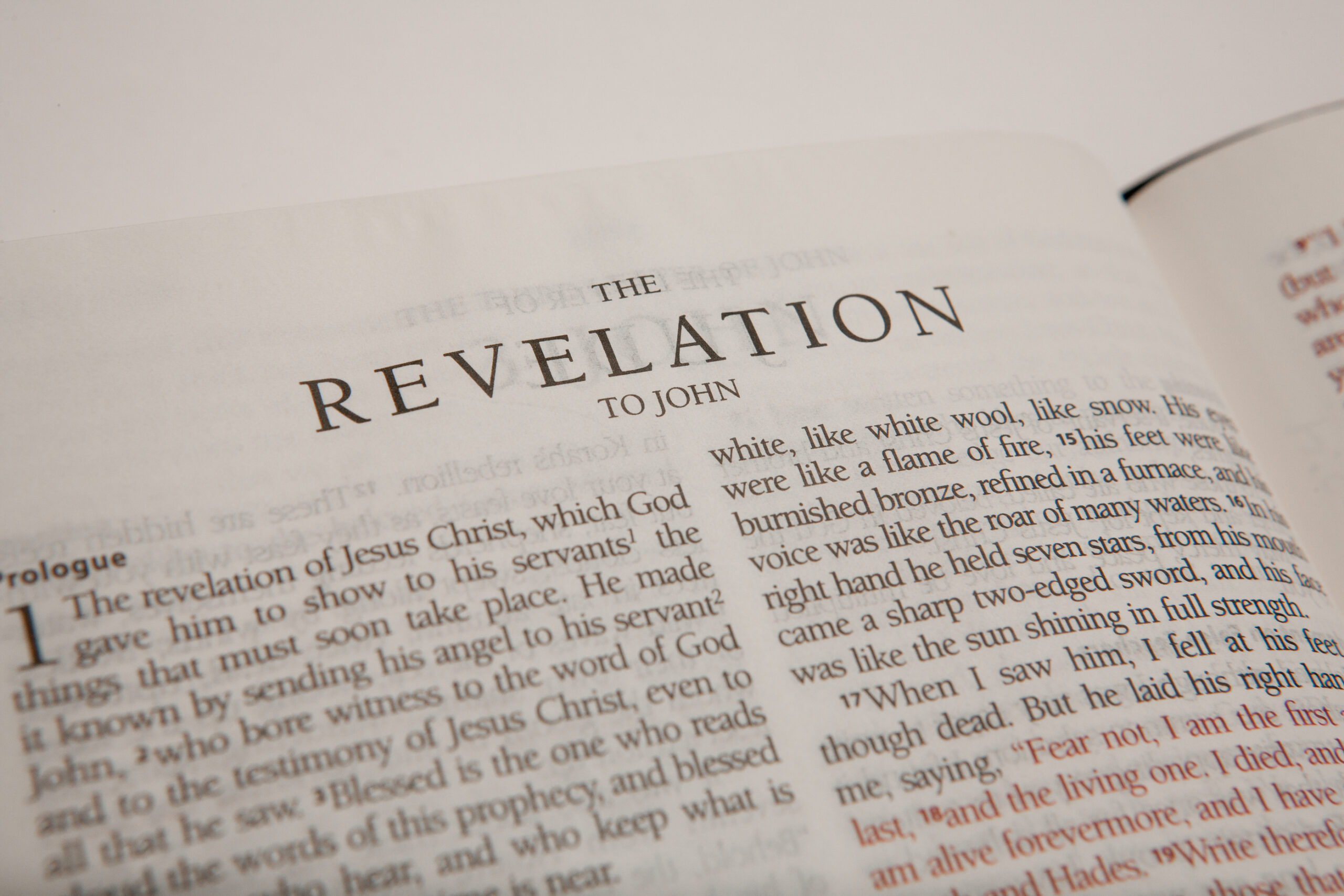From time to time I make new entries into this continuing series called “Theological Primer.” The idea is to present big theological concepts in around 500 words. Today we look at the 144,000 in the book of Revelation.

The 144,000 are not an ethnic Jewish remnant, and certainly not an Anointed Class of saints who became Jehovah’s Witnesses before 1935. The 144,000 “sealed from every tribe of the sons of Israel” (Rev. 7:4) represent the entire community of the redeemed. Let me give you several reasons for making this claim.
First, in chapter 13 we read that Satan seals all of his followers, so it makes sense that God would seal all of his people, not just the Jewish ones.
Second, the image of sealing comes from Ezekiel 9, where the seal on the forehead marks out two groups of people: idolaters and non-idolaters. It would seem that the sealing of the 144,000 makes a similar distinction based on who worships God, not who among the Jewish remnant worships God.
Third, the 144,000 are called the servants of our God (Rev. 7:3). There is no reason to make the 144,000 any more restricted than that. If you are a servant of the living God, you are one of the 144,000 mentioned here. In Revelation, the phrase “servants of God” always refers to all of God’s redeemed people, not just an ethnic Jewish remnant (see 1:1; 2:20; 19:2; 19:5; 22:3).
Fourth, the 144,000 mentioned later in chapter 14 are those who have been “redeemed from the earth” and those who were “purchased from among men.” This is generic, everybody kind of language. The 144,000 is a symbolic number of redeemed drawn from all peoples, not simply the Jews. Besides, if the number is not symbolic, then what do we do with Revelation 14:4, which describes the 144,000 as those “who have not defiled themselves with women”? Are we to think that the 144,000 refers to a chosen group of celibate Jewish men? It makes more sense to realize that 144,000 is a symbolic number that is described as celibate men to highlight the group’s moral purity and set-apartness for spiritual battle.
Fifth, the last reason for thinking that the 144,000 is the entire community of the redeemed is because of the highly stylized list of tribes in verses 5-8. The number itself is stylized. It’s not to be taken literally. It’s 12 x 12 x 1,000: 12 being the number of completion for God’s people (representing the 12 tribes of Israel and the 12 apostles of the Lamb) and 1,000 being a generic number suggesting a great multitude. So 144,000 is a way of saying all of God’s people under the old and new covenant.
And then look at the list of the tribes. There are more than a dozen different arrangements of the 12 tribes in the Bible. This one is unique among all of those. Judah is listed first, because Jesus was from there as a lion of the tribe of Judah. All 12 of Jacob’s sons are listed—including Levi, who usually wasn’t because he didn’t inherit any land—except for one. Manasseh, Joseph’s son (Jacob’s grandson), is listed in place of Dan. So why not Dan? Dan was probably left out in order to point to the purity of the redeemed church. From early in Israel’s history, Dan was the center of idolatry for the kingdom (Judges 18:30-31). During the days of the divided kingdom, Dan was one of two centers for idolatry (1 Kings 12:28-30). And there is recorded in some non-biblical Jewish writings that the Jews thought the anti-Christ would come out of Dan based on Genesis 49:17.
The bottom line is that the number and the list and the order of the tribes are all stylized to depict the totality of God’s pure and perfectly redeemed servants from all time over all the earth. That’s what Revelation means by the 144,000.



